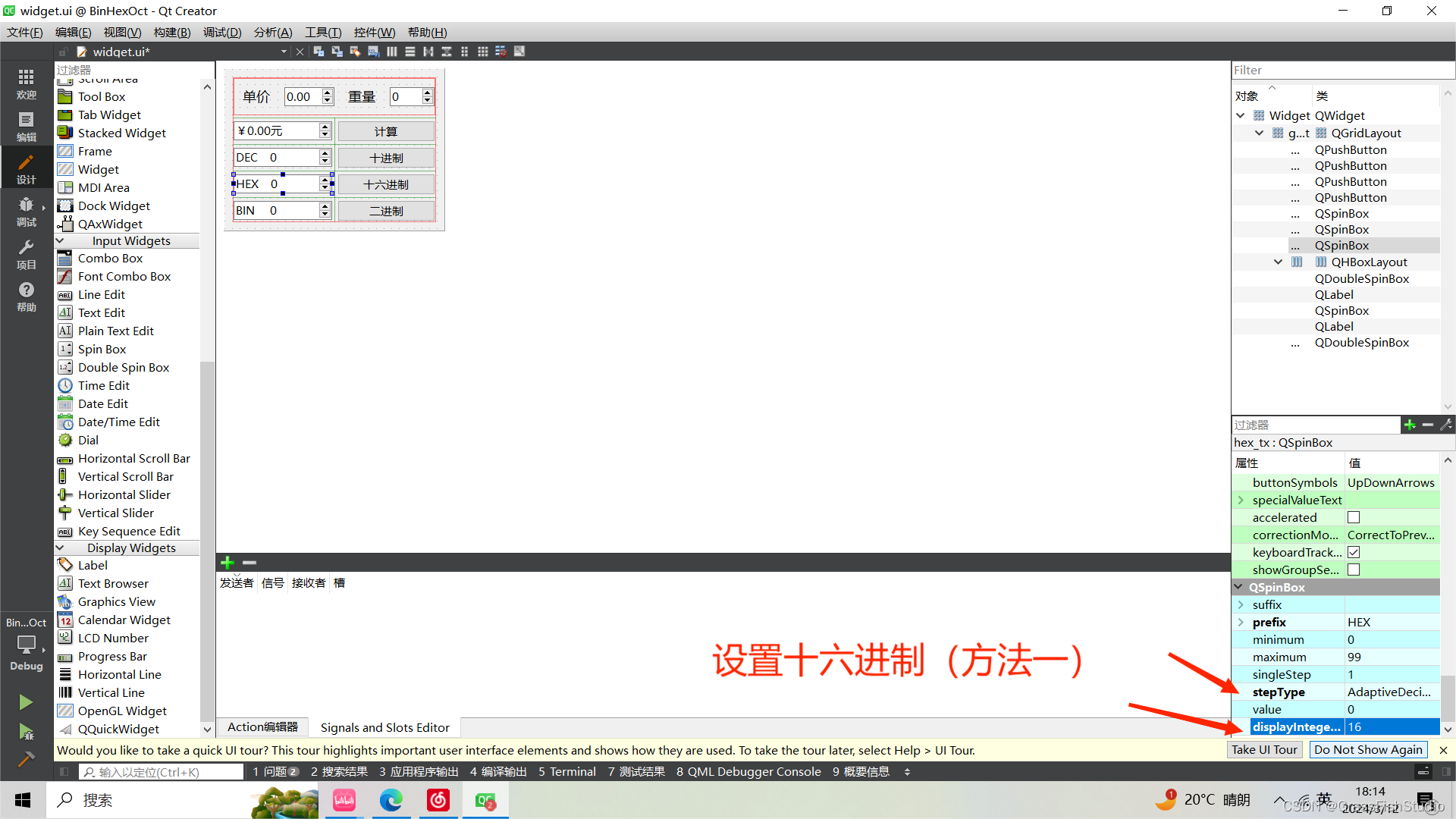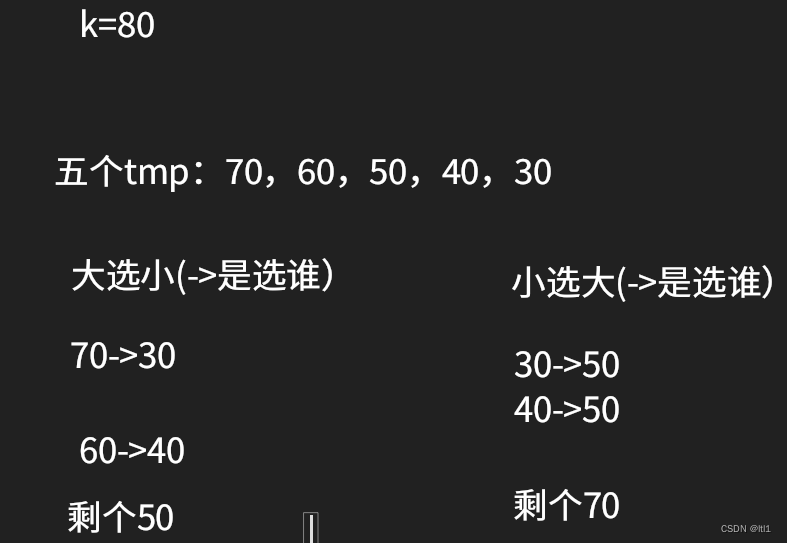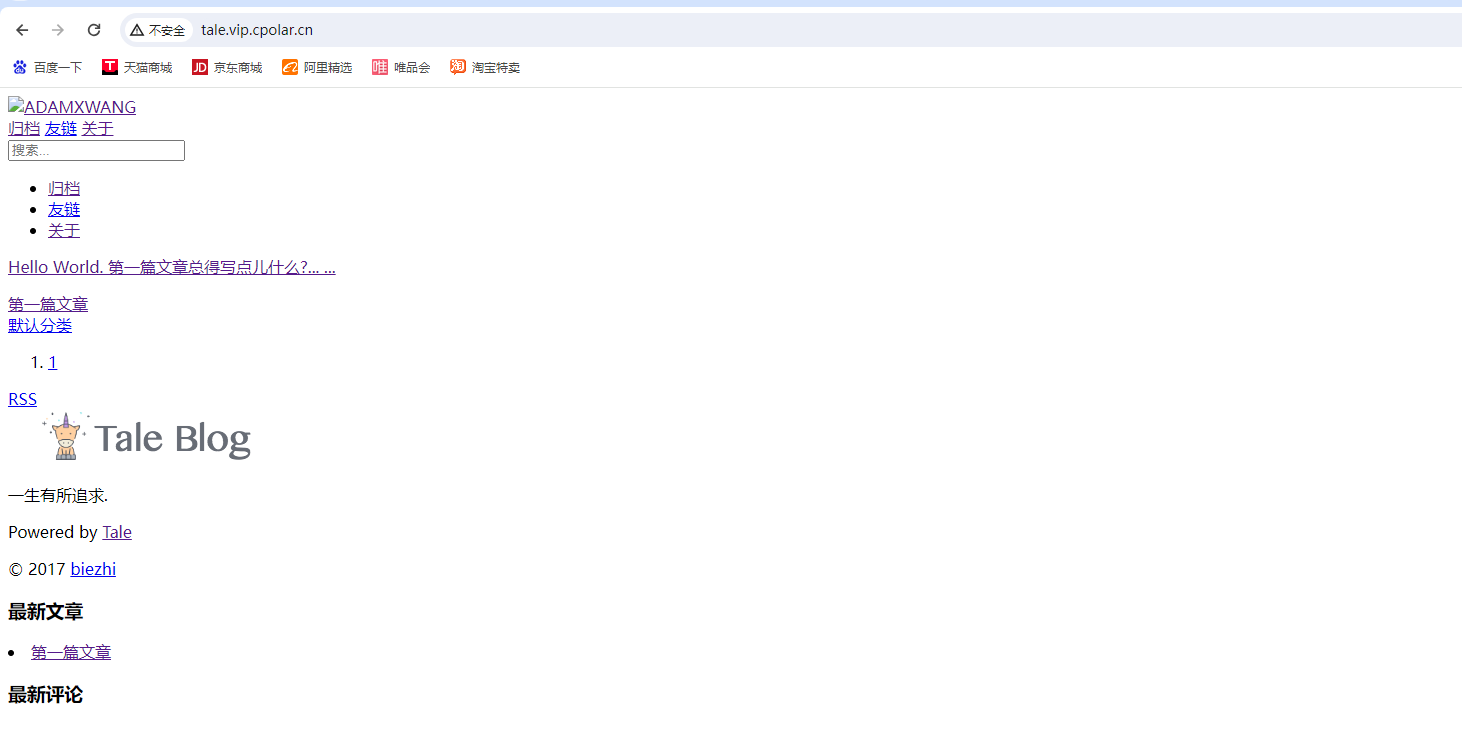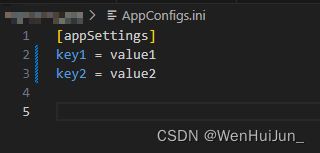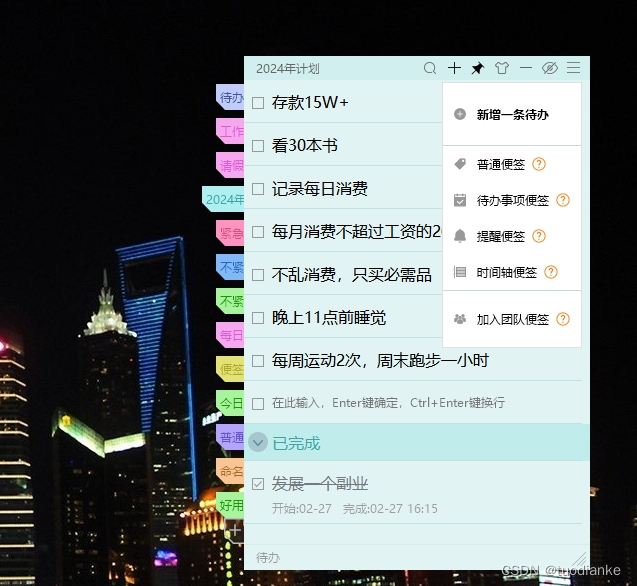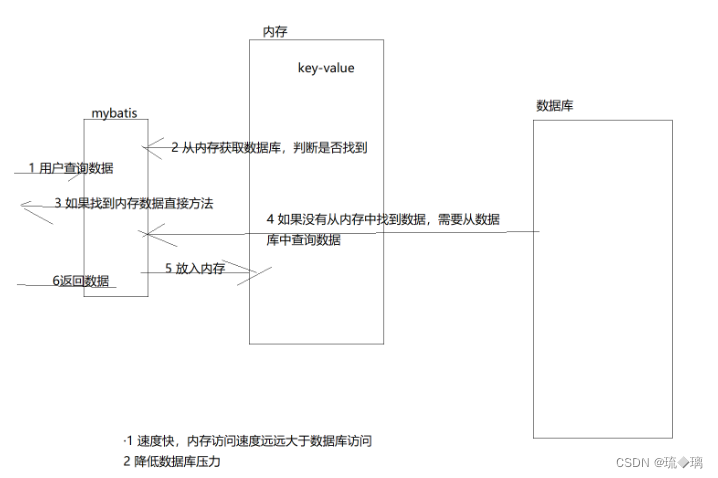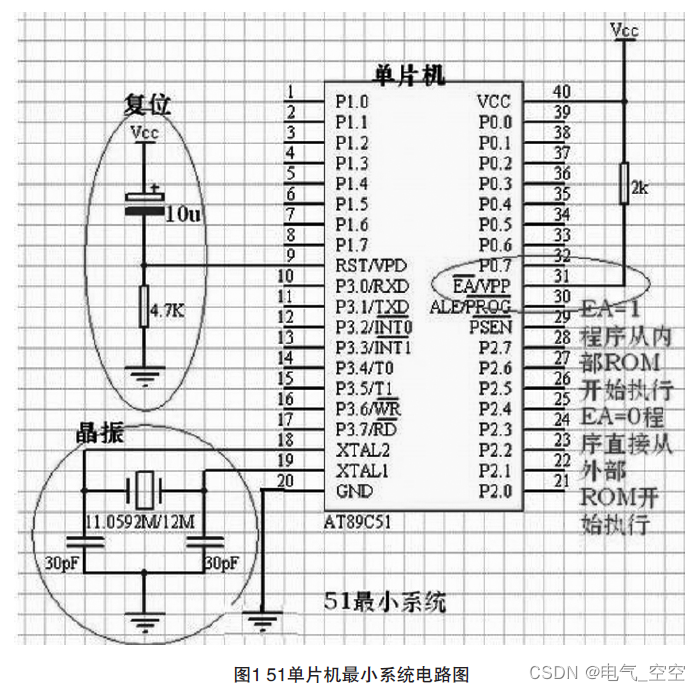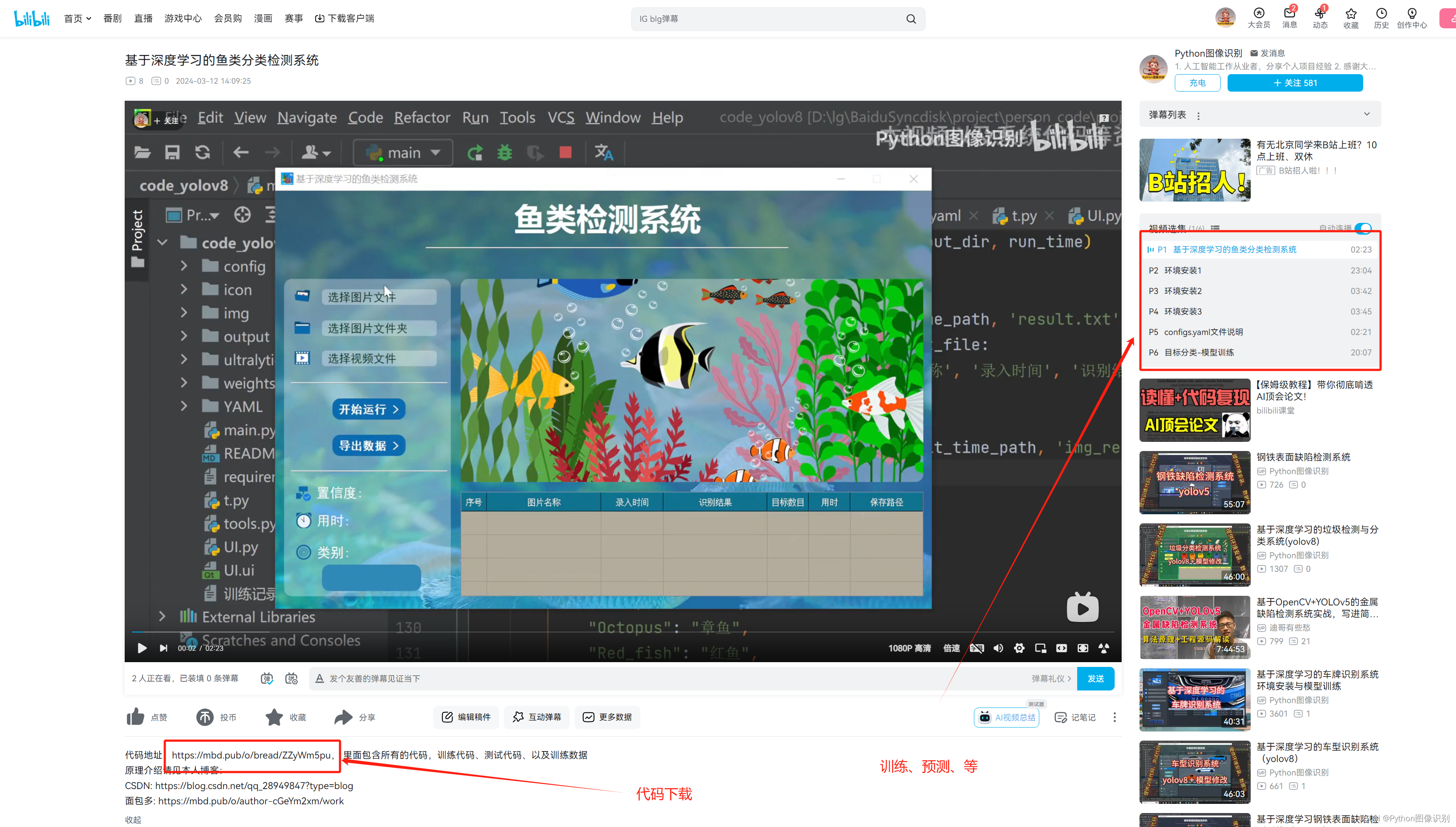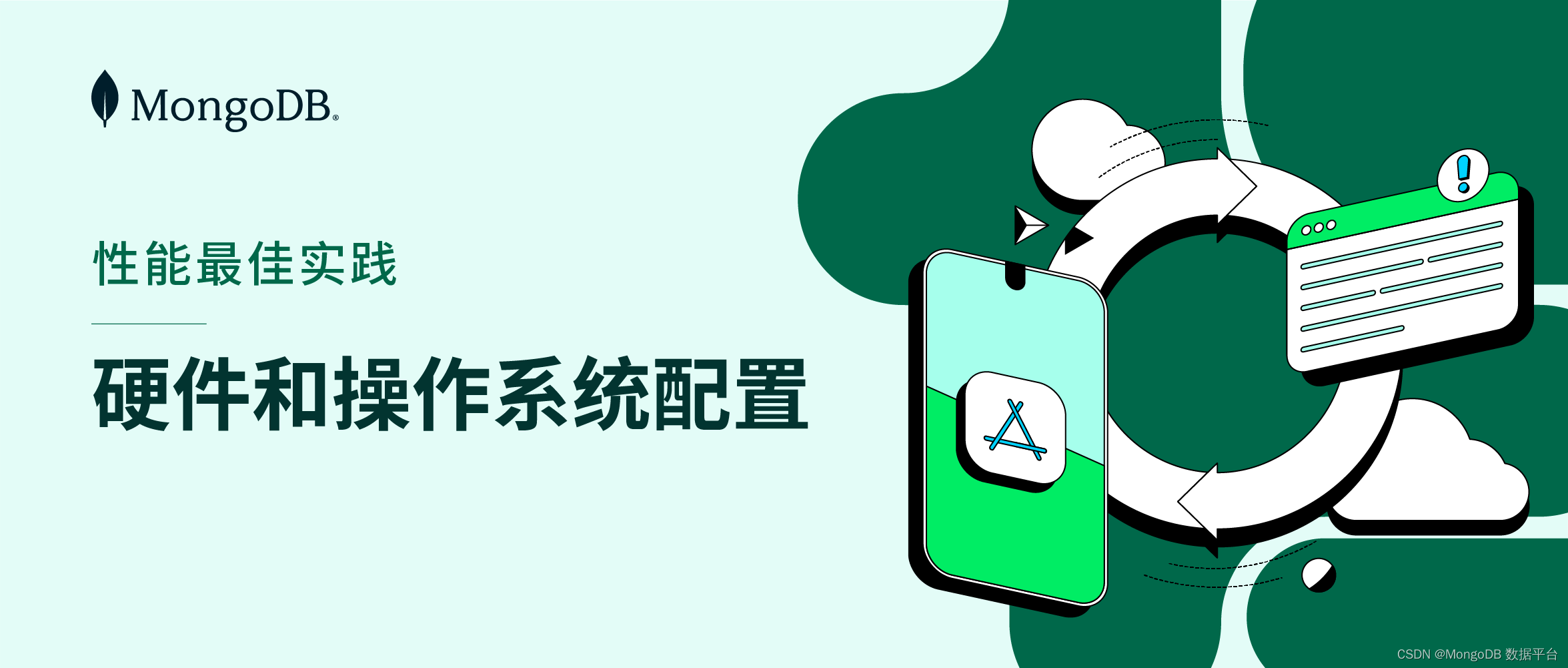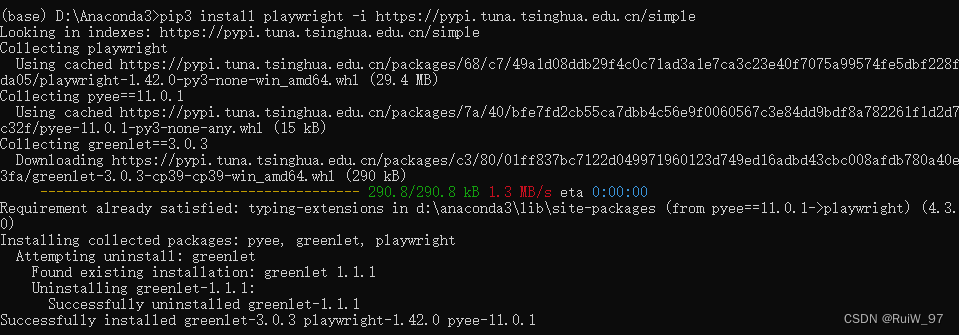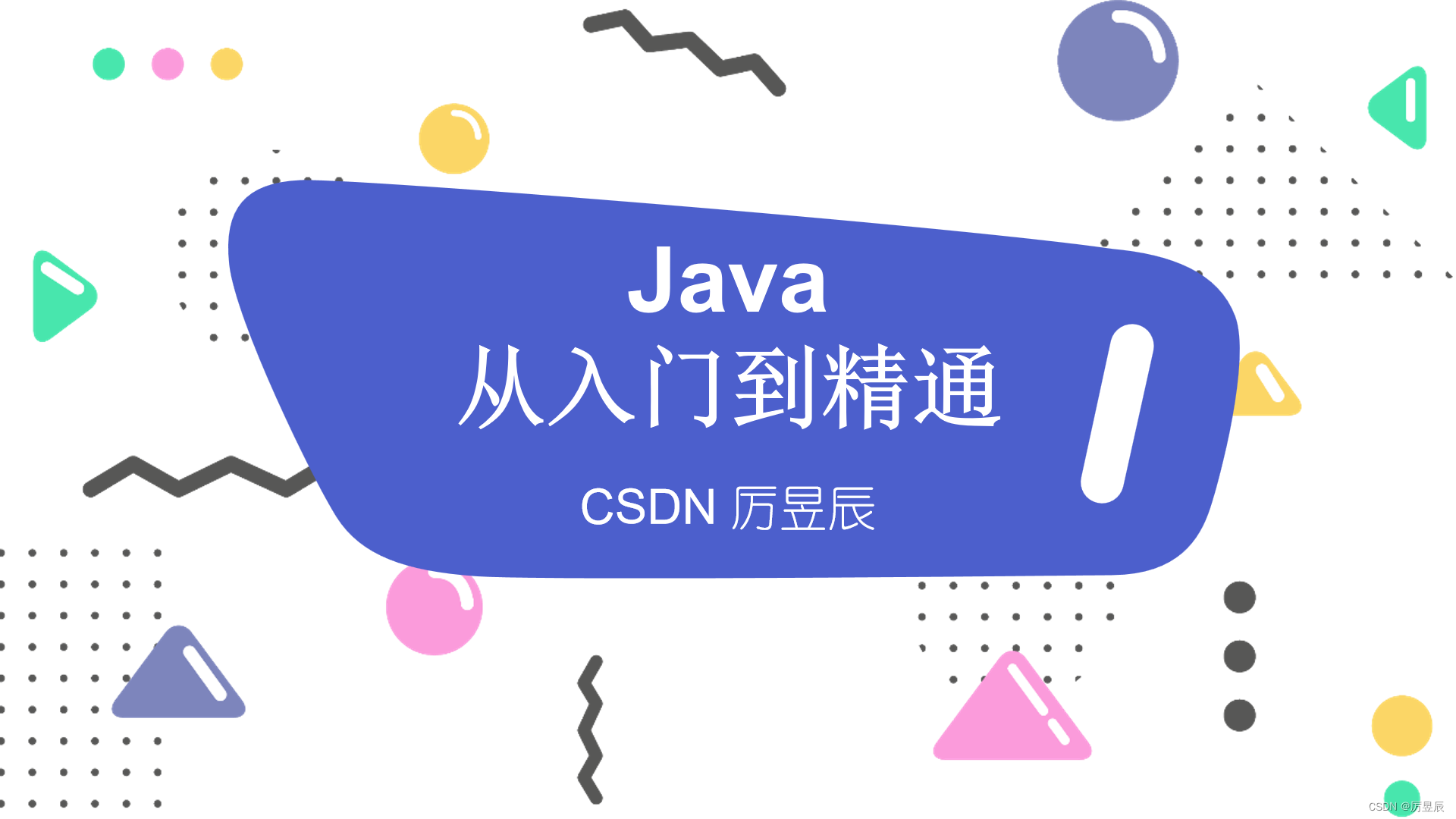
Java StringBuffer 和 StringBuilder 类
当对字符串进行修改的时候,需要使用 StringBuffer 和 StringBuilder 类。
和 String 类不同的是,StringBuffer 和 StringBuilder 类的对象能够被多次的修改,并且不产生新的未使用对象。

在使用 StringBuffer 类时,每次都会对 StringBuffer 对象本身进行操作,而不是生成新的对象,所以如果需要对字符串进行修改推荐使用 StringBuffer。
StringBuilder 类在 Java 5 中被提出,它和 StringBuffer 之间的最大不同在于 StringBuilder 的方法不是线程安全的(不能同步访问)。
由于 StringBuilder 相较于 StringBuffer 有速度优势,所以多数情况下建议使用 StringBuilder 类。
实例
public class RunoobTest{
public static void main(String args[]){
StringBuilder sb = new StringBuilder(10);
sb.append("Runoob..");
System.out.println(sb);
sb.append("!");
System.out.println(sb);
sb.insert(8, "Java");
System.out.println(sb);
sb.delete(5,8);
System.out.println(sb);
}
}
以上实例编译运行结果如下:
Runoob..
Runoob..!
Runoob..Java!
RunooJava!
然而在应用程序要求线程安全的情况下,则必须使用 StringBuffer 类。
StringBuffer 方法
以下是 StringBuffer 类支持的主要方法:
| 序号 | 方法描述 |
|---|---|
| 1 | public StringBuffer append(String s) 将指定的字符串追加到此字符序列。 |
| 2 | public StringBuffer reverse() 将此字符序列用其反转形式取代。 |
| 3 | public delete(int start, int end) 移除此序列的子字符串中的字符。 |
| 4 | public insert(int offset, int i) 将 int 参数的字符串表示形式插入此序列中。 |
| 5 | insert(int offset, String str) 将 str 参数的字符串插入此序列中。 |
| 6 | replace(int start, int end, String str) 使用给定 String 中的字符替换此序列的子字符串中的字符。 |
以下列表列出了 StringBuffer 类的其他常用方法:
| 序号 | 方法描述 |
|---|---|
| 1 | int capacity() 返回当前容量。 |
| 2 | char charAt(int index) 返回此序列中指定索引处的 char 值。 |
| 3 | void ensureCapacity(int minimumCapacity) 确保容量至少等于指定的最小值。 |
| 4 | void getChars(int srcBegin, int srcEnd, char[] dst, int dstBegin) 将字符从此序列复制到目标字符数组 dst。 |
| 5 | int indexOf(String str) 返回第一次出现的指定子字符串在该字符串中的索引。 |
| 6 | int indexOf(String str, int fromIndex) 从指定的索引处开始,返回第一次出现的指定子字符串在该字符串中的索引。 |
| 7 | int lastIndexOf(String str) 返回最右边出现的指定子字符串在此字符串中的索引。 |
| 8 | int lastIndexOf(String str, int fromIndex) 返回 String 对象中子字符串最后出现的位置。 |
| 9 | int length() 返回长度(字符数)。 |
| 10 | void setCharAt(int index, char ch) 将给定索引处的字符设置为 ch。 |
| 11 | void setLength(int newLength) 设置字符序列的长度。 |
| 12 | CharSequence subSequence(int start, int end) 返回一个新的字符序列,该字符序列是此序列的子序列。 |
| 13 | String substring(int start) 返回一个新的 String,它包含此字符序列当前所包含的字符子序列。 |
| 14 | String substring(int start, int end) 返回一个新的 String,它包含此序列当前所包含的字符子序列。 |
| 15 | String toString() 返回此序列中数据的字符串表示形式。 |
